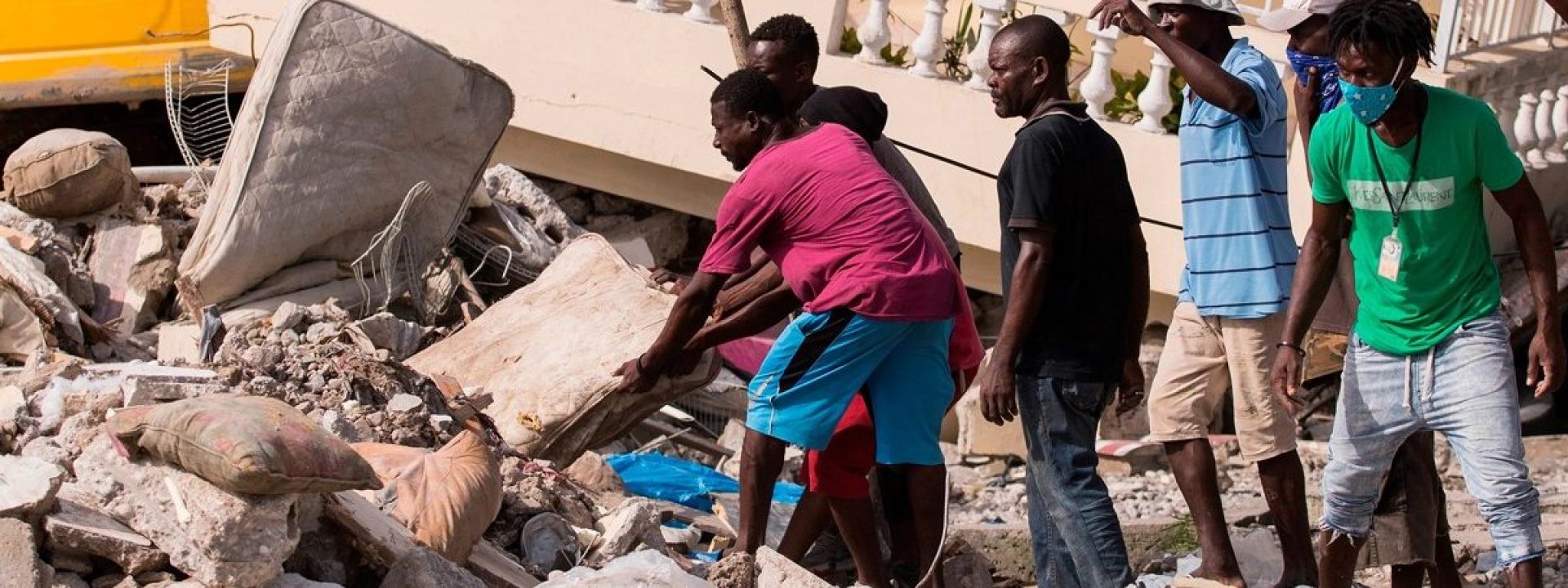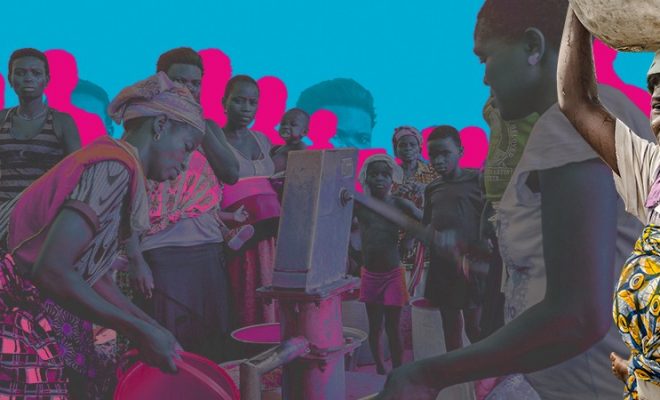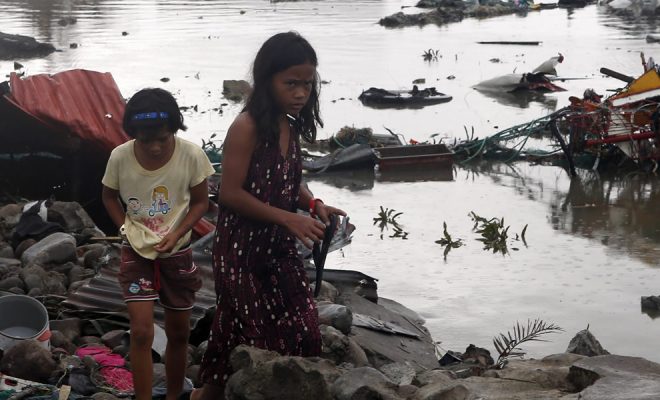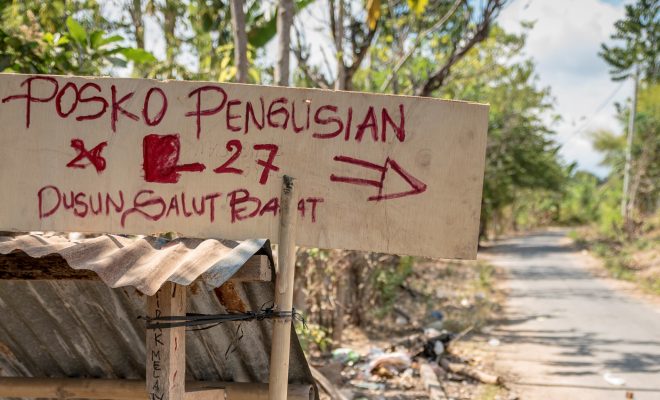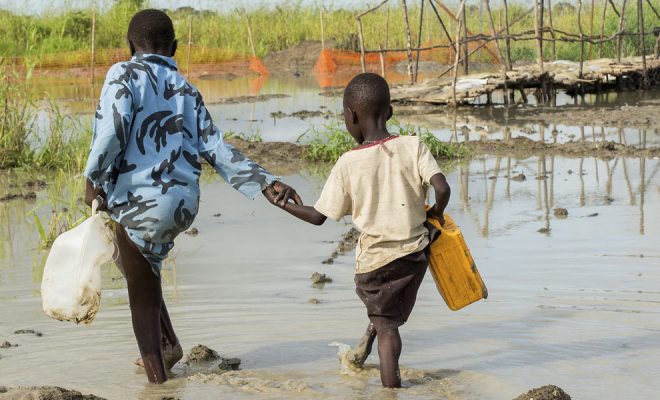
2022 was a climatically disastrous year. According to Swiss Re insurance company, natural disasters caused more than USD 275 billion in global economic losses, of which only USD 125 billion were covered by insurance. The figures are again record-breaking, and analysts point to two causes: the concentration of real estate assets in flood-prone areas and exceptional financial inflation.
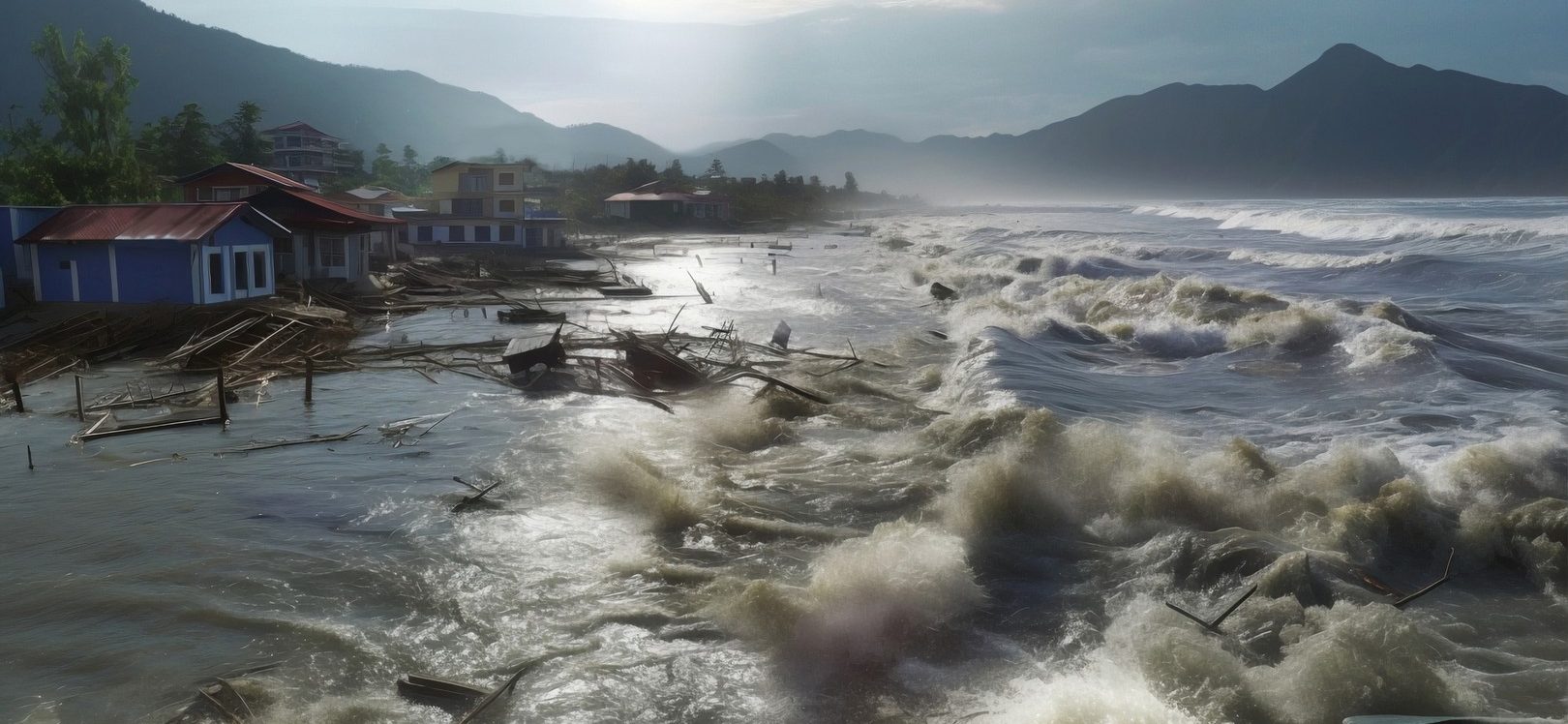
Losses from natural disasters reached USD 275 billion in 2022. © Freepik
Losses on the rise
2022 was the second consecutive year in which insured losses from natural catastrophes exceeded USD 100 billion. Insurance companies point out that the trend of an average annual increase of 5% to 7% over the last three decades is reconfirmed. Logically, the phenomena that have caused the most damage in the industrialized countries, those with the most insurance policies, appear in their records: Hurricane Ian in the USA, hailstorms in France, floods in Australia and South Africa, winter storms in Europe and the USA, and droughts in Europe, China, and America.
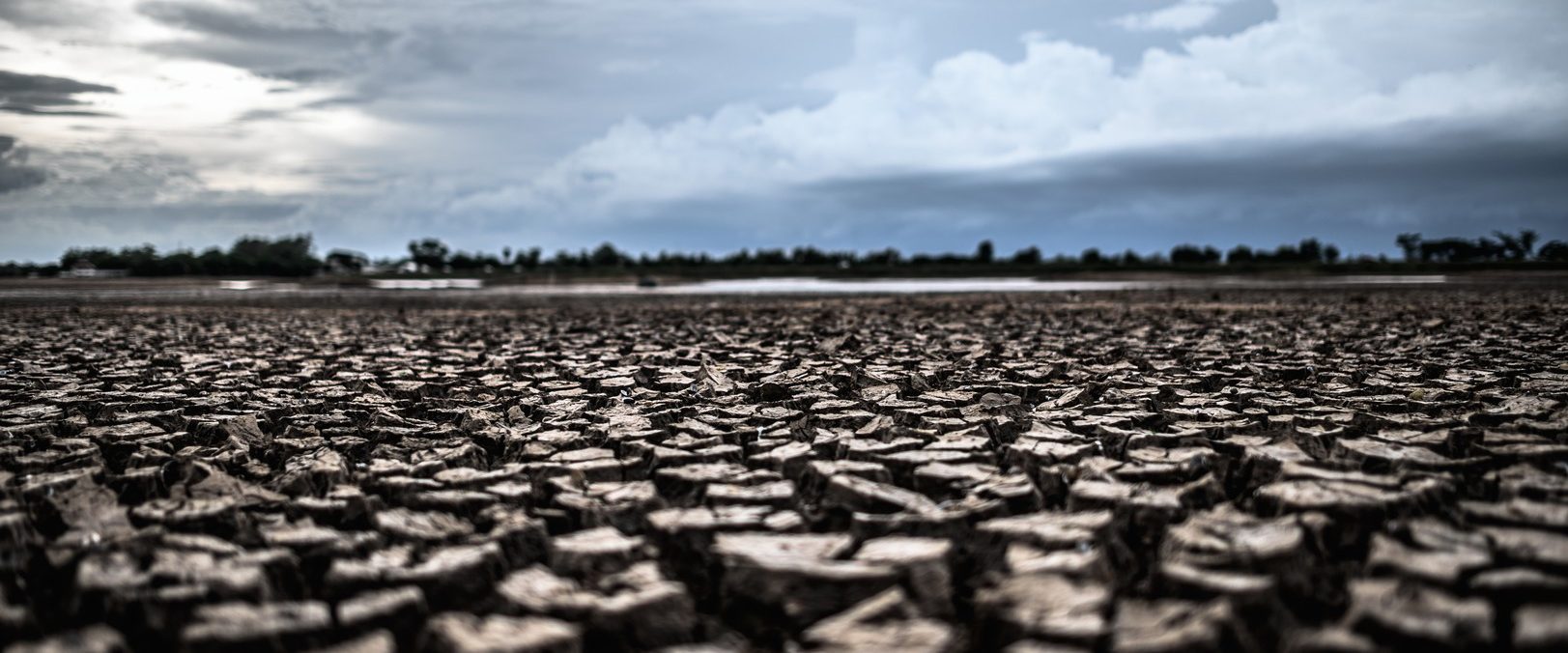
Violent phenomena, and droughts, have an upward trend. Insurance companies also consider this, which is one of the recurring issues at the meetings of the World Economic Forum. © Freepik
After making landfall in Florida as a Category 4 storm, Hurricane Ian tops the list of insured losses with USD 50-65 billion. Especially noteworthy are the disasters caused in February 2022 by storms Eunice, Dudley, and Franklin in northwest Europe, which generated more than 4 billion, almost double the average of the last ten years, and 5 billion for hail damage in France, a figure never seen before. In Australia, too, insurers paid out a record $4.3 billion for the floods in the east of the country in February and March.
Where insurance does not reach
The climate crisis hits hardest on the most vulnerable communities, which benefit least from insurance. After 2022 in which losses from weather-related catastrophes have risen sharply, the World Bank decided last June to temporarily suspend debt repayments to countries affected by natural disasters that must provide for their people. It will also offer them the option of reallocating their financing and setting up emergency systems for the immediate availability of funds.
These measures are included in a set of policies that the UN-linked institution has announced it will implement as a matter of urgency. Of particular note is the announcement that the Multilateral Investment Guarantee Agency, part of the World Bank, will work with the private insurance sector to design a new parametric insurance package that is faster and more transparent than traditional insurance. The aim is to ensure that those affected by a catastrophe have access to funds as soon as possible to activate aid while at the same time collaborating with the private sector to prevent companies from abandoning their activities in the country after a disaster, as has happened on other occasions.
Climate forecasts call for prevention
The World Bank recalls that poverty is synonymous with vulnerability and views climate change with great concern. The forecasts of the 2014 AR5 have been more than confirmed by the AR6 published this year: violent phenomena, such as hurricanes, floods, and droughts, have an upward trend. Insurance companies also consider this, which is one of the recurring issues at the meetings of the World Economic Forum.
Disturbing climate data have increased this year, especially concerning seawater, the most significant energy accumulator that generates hurricanes and floods. The water temperature of the Atlantic Ocean in the northern hemisphere is breaking records, and an anomalous fact is surprising oceanographers: this July, the Mediterranean Sea reached surface temperatures of 30ºC, similar to those of the Caribbean; hurricanes are generated at temperatures of 27ºC and above, and scientists speculate on the possibility that they may also form in that sea. So far, “medicanes,” tropical-type cyclones that occur in the Mediterranean, have been studied; research suggests that possible hurricanes will develop by the end of this century and could be triggered as more intense and longer-lasting medicanes.
The hurricane season officially began in the Atlantic on June 1 and will end on November 30. At the moment, scientists are not drawing any conclusions about what may happen with this year’s exceptional warming. Experts from the U.S. NOAA explain that the El Niño effect may reduce cyclonic activity in the area, as observed before, although the possibility of intense activity remains high.
The energy mobilized in hurricanes was unimaginable until recently. Thanks to research conducted a couple of decades ago by the National Center for Atmospheric Research (NCAR), we know that they can generate 50 to 200 trillion watts per day, approximately the amount of energy released by the explosion of a ten-megaton nuclear bomb every 20 minutes, or 200 times the world’s electrical energy production capacity.
A new approach
Foresight saves lives, but proper management is critical. The internationally accepted standards, generally followed in these cases, are those dictated by NOAA; you can find a summary on this page, but not all communities can observe them, especially the most neglected ones.
Again, a reflection on the link between exposure and vulnerability is necessary. Both a building in Miami and a shack in Haiti are exposed to hurricanes, but the shack is much more vulnerable. The inequality regarding insurance is similar: the family in the shack loses everything and becomes dependent on the mobilized aid; those who live in an insured home can count on resources in case of loss.
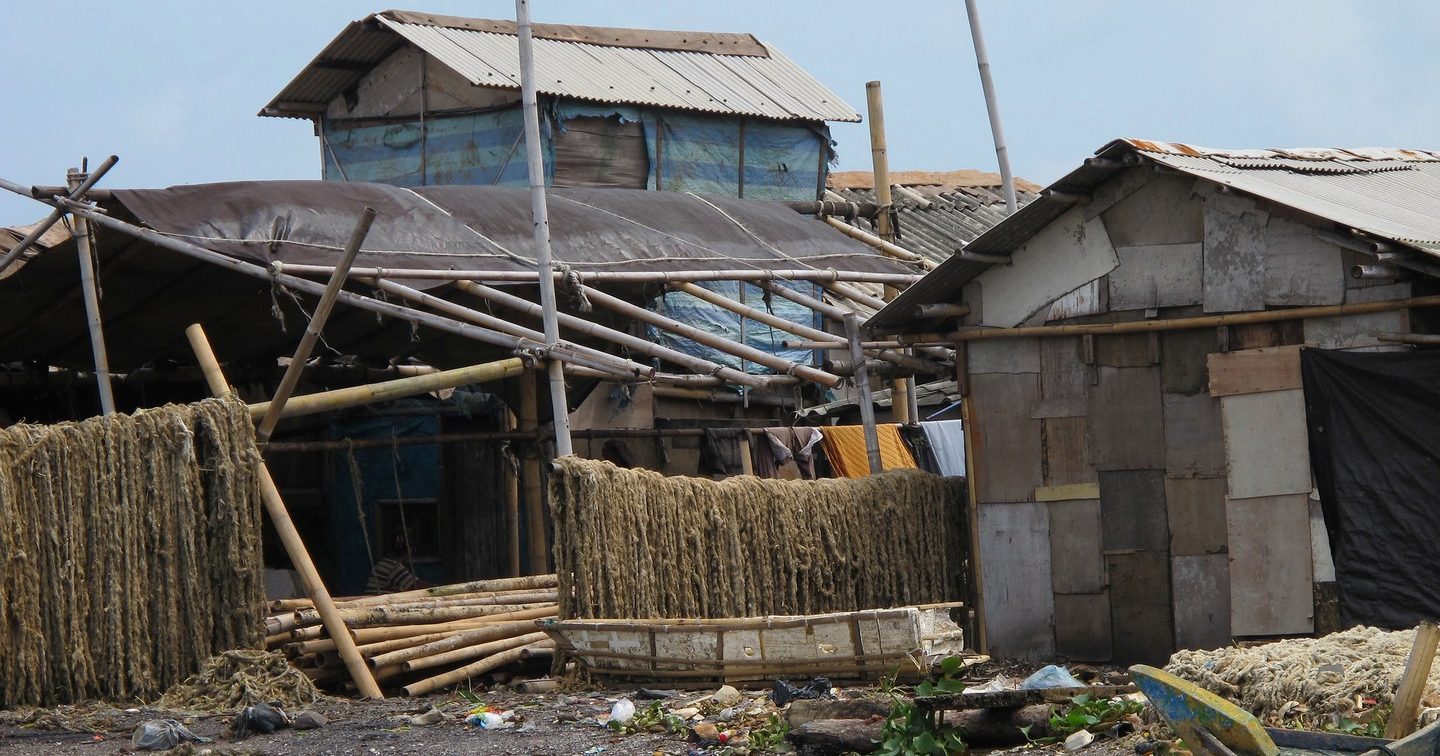
The climate crisis forces us to reconsider the map of exposure to disasters and look at it from a vulnerability perspective. © Farhana Asnap / World Bank
The climate crisis forces us to reconsider the map of exposure to disasters and look at it from a vulnerability perspective. COP27 discussed the implementation of the Global Early Warning Initiative, a plan drafted by the World Meteorological Organization that aims to protect all of the Earth’s inhabitants by installing systems that provide early warning of dangerous extreme events. It has the highest priority in the WMO Strategic Plan for 2024-2027.
But weather forecasting is not enough. Financial forecasting is needed at the same time. We are still waiting for news on the implementation of the ”loss and damage” fund agreed at COP27, a resolution that is becoming increasingly urgent. We cannot allow climate change to increase inequalities and injustice. Phenomena are natural, disasters are human, and we can mitigate them.


